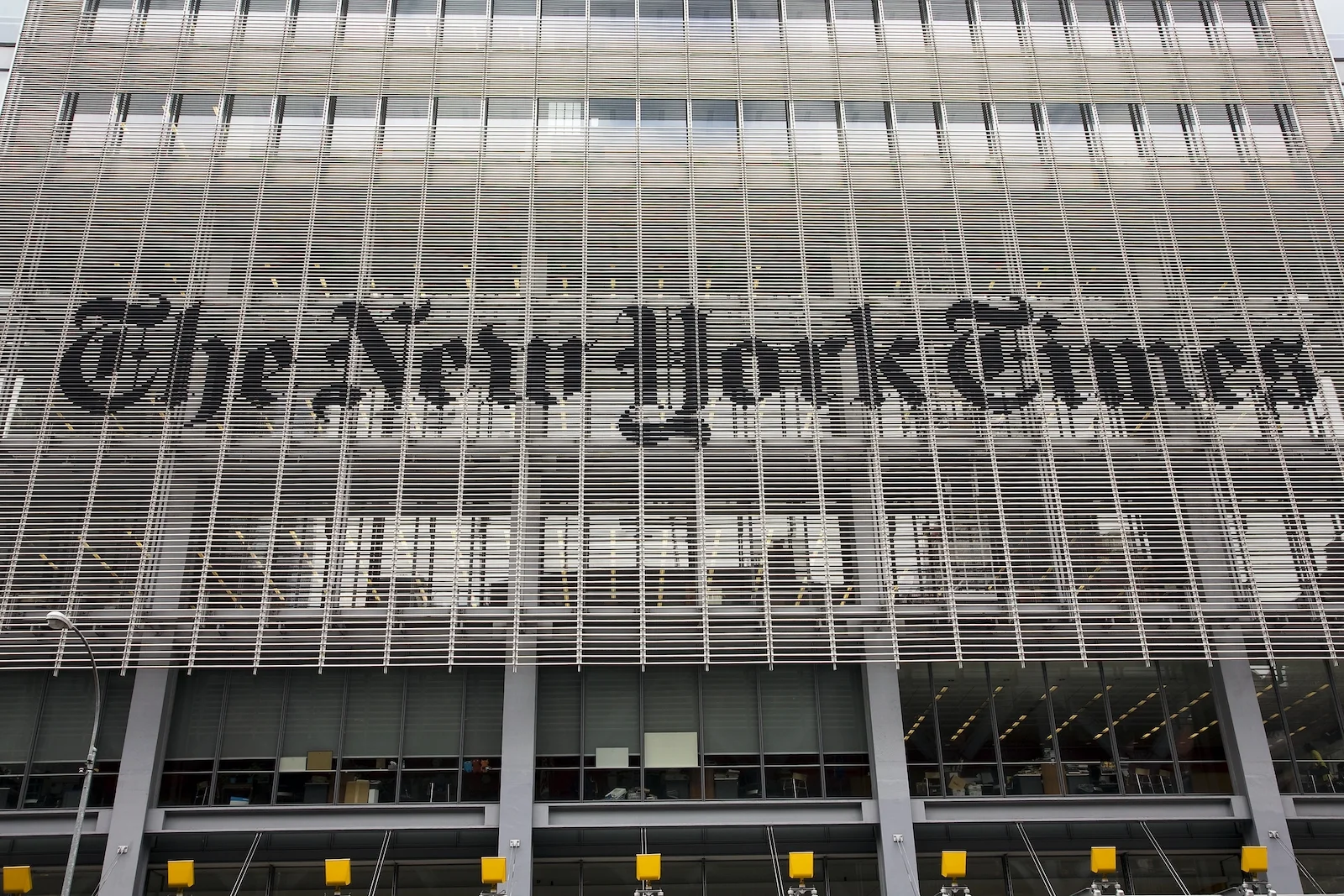
Media
Journalism’s Role in Moral Narratives and Synopsis of Clergy-Related Abuse
I recently addressed a Croatian Christian association via a virtual conference on clergy-related abuse, emphasizing journalism’s essential role as a watchdog in exposing institutional misconduct. I argued that victims should be the primary voices, institutions secondary, with journalists facilitating balanced narratives. I urged acknowledgment of abuse without condemning entire denominations, advocating evidence-based investigations, interfaith dialogue, and robust reforms to protect victims and faith integrity.
Citing historical scandals and cultural movements as context, I stressed that transparency and accountability are imperative. This speech, along with the rest of the conference, will be shared with the Ecumenical Patriarch, EU Parliament, Roman Catholic Church, UN in Geneva, UNICEF, World Council, World Council of Churches, World Health Organization, and other major institutions, ensuring accountability and healing universally.
Below is the transcript of my comments.
Journalism is, first and foremost, a human enterprise. It’s built on human observation, written for human consumption, and concerns human enterprises. Just democracies, fair societies, accountable power, and the like require journalists as critical watchdogs to bring otherwise hidden stories to the forefront. Clergy-related abuse is a complex and subtle issue with blunt outcomes.
The primary voices of clergy-related abuse should be the victim who can give indications of patterns and see firsthand weaknesses in institutions that have misbehaved, abused, and often told lies or merely partial, softened truths about it. The secondary voices are everyone else in the institutional setup leading to the abuse in the system in the first place. Religious institutions have a minority of persons in positions of authority, unfortunately, who have abused. Journalists are a tertiary voice around these two.
The role of journalists is working with victims, with the majority of clergy who have not abused, and other researchers, to gather the narratives and collate those to get the wider scope of the patterns of the minority of clergy who have abused. People take the accountability problem seriously, as it’s bad for the victims, bad for the laity, bad for the image and authority of the clergy, and, essentially, bad for the representation of the faith. If you care about the future of Orthodoxy, then you care about this as an issue relevant to the integrity of the faith.
So, I wanted to take these few minutes to recognize the substantial problem before us, for a few reasons. Some factors played into the situation in which we find ourselves. First and foremost, the crimes of a select number of clergy. Second, these crimes went institutionally unchecked for many, many years in the largest denominations of Christianity–almost as a prelude to the broader cultural movements witnessed in many Western democratic societies.
Third, a tendency to reject the claims of victims when the prevailing evidence presents the vast majority of reported cases in the extreme cases of misconduct, i.e., rape, are evidentiarily supportable. False allegations happen, but these are a small minority and should not represent a false dichotomy of support. Institutions should establish robust processes to investigate all claims, addressing false allegations decisively while preserving trust in genuine victims.
Fourth, there is a diversification of the faith landscape of many Western cultures, particularly with the rise of non-religious communities and subsequent ways of life. One result is positive: Citizens clearly are more free than not to believe and practice as they wish. One negative result is the over-reach in non-religious commentary stereotyping churches as hotbeds of abuse, which creates problems–let alone being false. It doesn’t solve the problem while misrepresenting the scope of it. It makes the work of the majority of clergy to create robust institutions of accountability for the minority of abusers more difficult and onerous. It’s comprehensively counterproductive.
If we want to reduce the incidence and, ideally, eliminate clergy-related abuse, we should first acknowledge some clergy abuse without misrepresenting the clergy of any Christian denomination as a universal acid on the dignity of those who wish to practice the Christian faith. It’s a disservice to interbelief efforts, makes the non-religious look idiotic and callous, and blankets every clergy with the crimes of every one of their seminarian brothers and occasional sister in Christ.
For the second, we should work on a newer narrative context for the wider story, see the partial successes of wider cultural movements, and inform of unfortunate trends in and out of churches for balance. For the third, we simply need to reorient incorrect instinctual reactions against individuals coming forward with claims as the problem rather than investigations as an appropriate response, maintaining the reputation of the accused and accuser while having robust mechanisms for justice in either case.
For the fourth, some in the non-religious communities, who see themselves as grounded in Reason and Compassion alongside Evidence, should consider the reasoning in broad-based accusation and consider with compassion the impacts on individuals in faith communities with the authority who are working hard to build institutions capable of evidence-based justice on one of the most inflammatory and sensitive types of abuse. Interfaith dialogue can be slow, quiet, but comprehensive and robust in the long-term–more effective and aligned with both the ideals of Christ or Reason, Compassion, and Evidence.
To these four contexts, journalists can provide a unifying conduit to the public in democratic societies to discuss the meaning of justice in the context of the Christian faith living in democratic, pluralistic societies. We cannot ‘solve’ the past errors, but can provide a modicum of justice for victims and create a future in which incidents are tamped to zero for a new foundation to be laid. Then ‘upon that rock,’ we do not have repeats in the Church as we have witnessed in other contexts discussed over the last few decades:
1991 – Tailhook Scandal (U.S. military sexual harassment scandal)
2012 – Invisible War documentary (exposing military sexual assault)
2014 – #YesAllWomen (response to the Isla Vista killings)
2017 – Australia’s Royal Commission Report (child sexual abuse in institutions)
2017 – #MuteRKelly (boycott of R. Kelly over sexual abuse allegations)
2018 – #MeTooBollywood (Bollywood’s reckoning with sexual misconduct)
2018 – #MeTooPublishing (exposing sexual harassment in the literary world)
2018 – #WhyIDidntReport (response to Brett Kavanaugh hearings)
2019 – Southern Baptist Convention Abuse Scandal (Houston Chronicle exposé)
2019 – K-Pop’s #BurningSun (sex trafficking and police corruption scandal)
2020 – #IAmVanessaGuillen (military abuse and murder case)
2021 – #FreeBritney (exposing exploitation and control of female artists)
2021 – Haredi Jewish Communities’ Abuse Cases (journalistic investigations by Shana Aaronson & Hella Winston)
2002-Present – Catholic Church Sexual Abuse Crisis (Boston Globe’s Spotlight investigation)
2017-Present – #MexeuComUmaMexeuComTodas (Brazil’s movement against misogyny in media and politics)
2020-Present – #MeTooGymnastics (Larry Nassar’s abuse in U.S. gymnastics)
2020-Present – #SayHerName (Black women and LGBTQ+ victims of police violence)
2021-Present – #MeTooIncest (focus on childhood sexual abuse within families)
